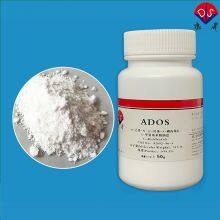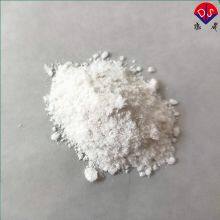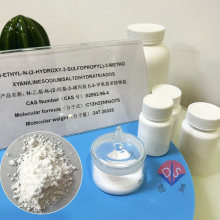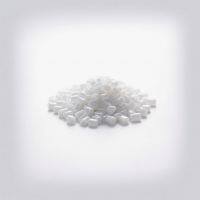What Applications Can the Chromogenic Substrate ADOS 82692-96-4 be Used In?
The ADOS chromogenic substrate has a good crystal shape and high purity, with a CAS of 82692-96-4. Compared with traditional chromogenic substrates, it has higher sensitivity and specificity, and is therefore widely used in diagnostic testing and biochemical experiments. Especially in areas such as gene expression analysis, protein purification, and drug screening, it has demonstrated unique advantages. Below, we will focus on introducing the applications of the chromogenic substrate ADOS from these aspects.
1、 Gene expression analysis experiment
The chromogenic substrate ADOS can be used to measure the expression levels of important proteins related to gene expression, such as transcription factors and RNA binding proteins. Specifically, it involves mixing the chromogenic substrate ADOS with the test sample and quantitatively measuring the expression level of the target protein by measuring the intensity of the chromogenic signal in the sample. The advantage of this method is that it is easy to operate, does not require the use of other complex instruments and equipment, and has high accuracy and repeatability.
2、 Protein Purification Experiment
The chromogenic substrate ADOS can be used to identify and isolate proteins with specific fluorescent properties, providing basic data support for subsequent research. In the process of protein purification, the chromogenic substrate ADOS can bind to the target protein to form a chromogenic complex, which can be observed for its distribution in the sample through color development. This method is very fast and accurate in identifying target proteins, avoiding the influence of other factors.
3、 Drug screening experiment
The chromogenic substrate ADOS can be used to evaluate the efficacy and toxic side effects of new drugs in experiments, providing strong support for drug development. In the process of drug screening, the chromogenic substrate ADOS can bind to the target protein and evaluate the efficacy of the drug by measuring the changes in chromogenic intensity in the sample. Meanwhile, ADOS can also be used to evaluate the toxic side effects of drugs, such as determining whether the drug will cause damage to cells by observing changes in its absorbance in the sample. This method has high sensitivity and can provide data in a short period of time to assist experimenters in making judgments.
With the continuous development and improvement of technology, the chromogenic substrate ADOS is a reagent with broad application prospects, and it is believed that more and more people will use it in the future. As the manufacturer of the new Trinder's reagent ADOS, Desheng's product not only has stable performance, but also has an absorption wavelength of 542nm and high reaction sensitivity, making it the preferred reagent in various experiments. If you also have the same needs, please click on the website to inquire about details and purchase!

Send Inquiry to This Supplier
You May Also Like
-
What Are the Advantages of the Chromogenic Substrate MAOS (CAS82692-97-5)?US$ 35 - 50MOQ: 100 Grams
-
The Role of TODB 127544-88-1 in Blood Lipid Testing KitUS$ 30 - 50MOQ: 100 Grams
-
Advantages of TOOS 82692-93-1 Over Other Chromogenic SubstratesUS$ 1.5 - 2MOQ: 100 Grams
-
Advantages and Preservation Details of TOPS Reagent 40567-80-4 for Chromogenic SubstrateUS$ 1.6 - 2.8MOQ: 100 Grams
-
Possible Interfering Factors of Color Change in ADOS 82692-96-4 SubstrateUS$ 15 - 22MOQ: 100 Grams
-
Introduction to Chromogenic Substrate ADPS 82611-88-9US$ 8 - 13MOQ: 100 Grams
-
Application of ALPS 82611-85-6 Chromogenic Substrate in Nucleic Acid DetectionUS$ 15 - 28MOQ: 100 Grams
-
Preparation and Use of New Trinder's Reagent DAOS 83777-30-4 SolutionUS$ 30 - 50MOQ: 100 Grams
-
The Multifaceted Applications of HDAOS 82692-88-4 as a Chromogenic SubstrateUS$ 20 - 35MOQ: 100 Grams
-
Application of MADB 209518-16-1 in Serum Muscle Enzyme Detection KitUS$ 30 - 45MOQ: 100 Grams







































